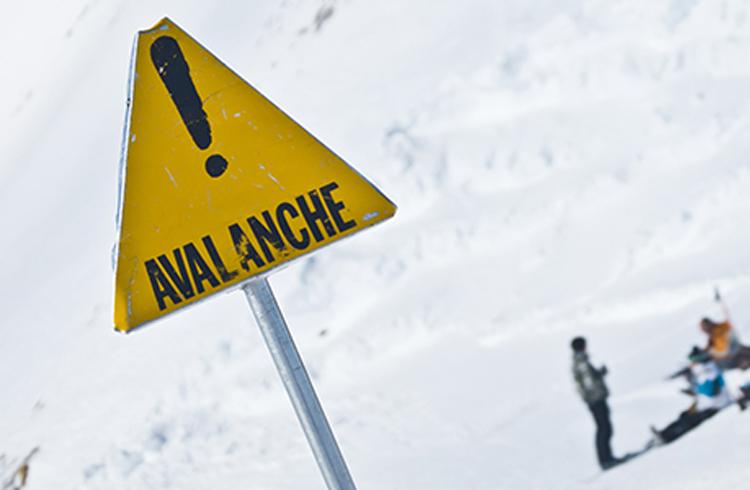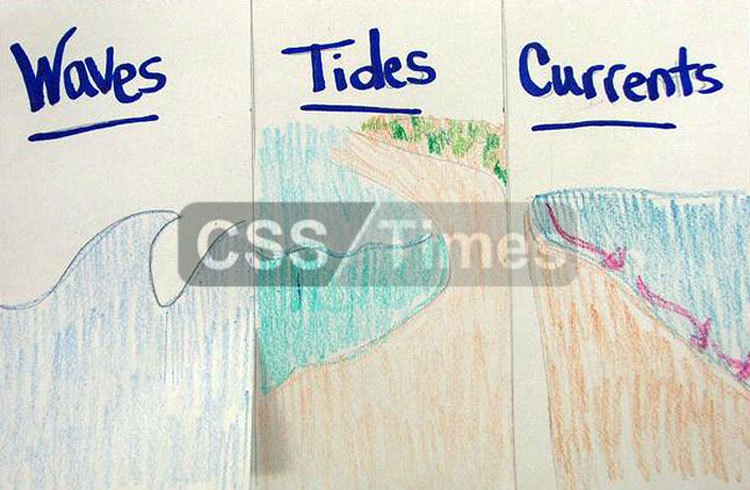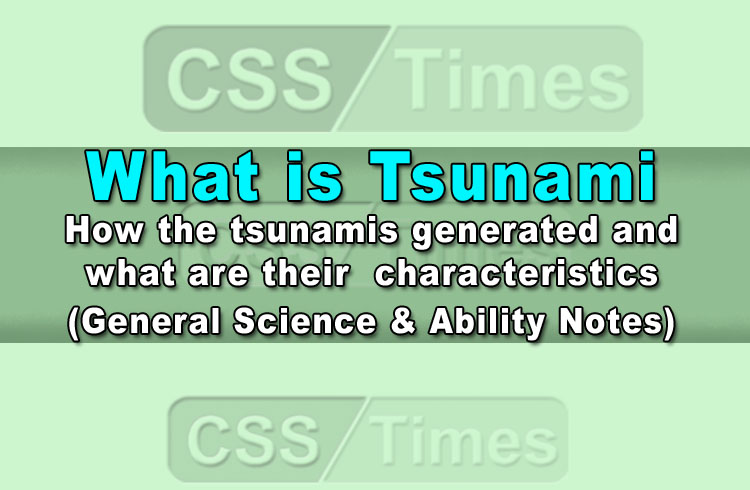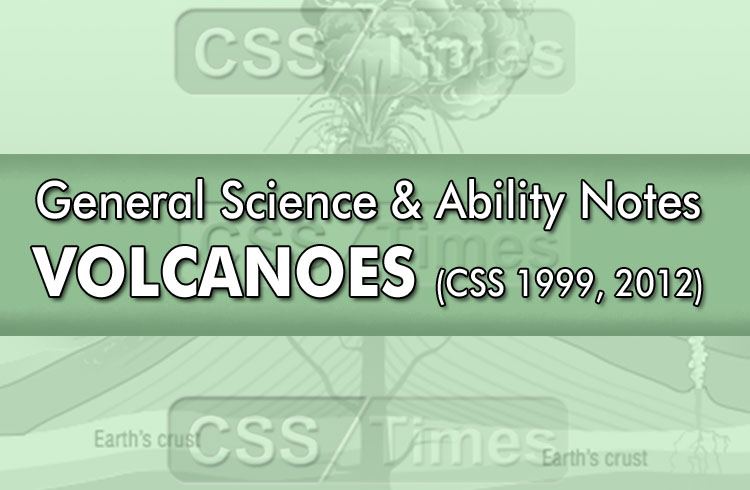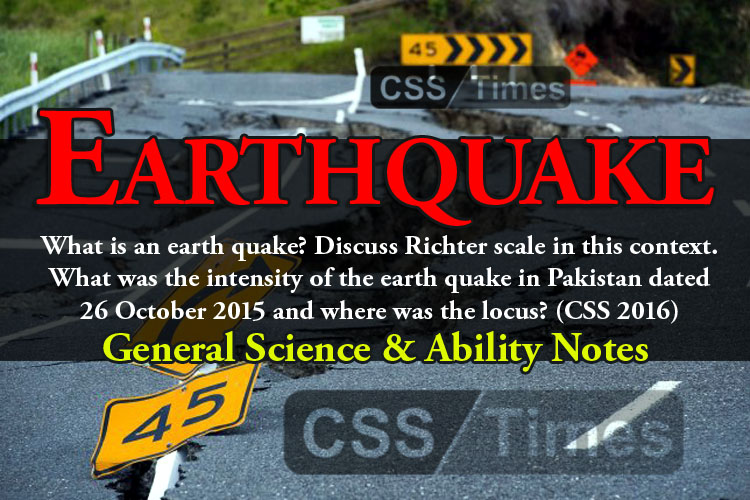CSS General Science & Ability Notes
What is An Avalanche?
The word avalanche is derived from the French word avalance meaning descent. An avalanche is a mass of snow, often mixed with ice and debris which travels down mountain sides, destroying all in its path.
Types of Avalanches
To help in understanding of avalanches, they have been classified into four types.
1) Loose Snow Avalanches
First of these are the Loose Snow Avalanches. They are common on steep slopes and are seen after a fresh snowfall. Since the snow does not have time to settle down fully or has been made loose by sunlight, the snow-pack is not very solid. Such avalanches have a single point of origin, from where they widen as they travel down the slope.
